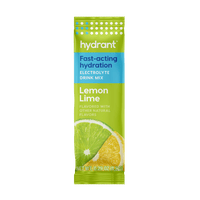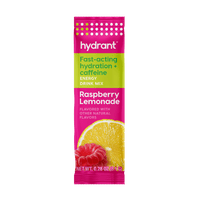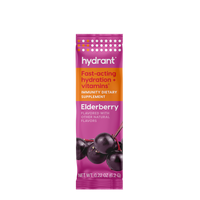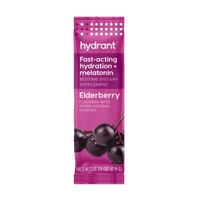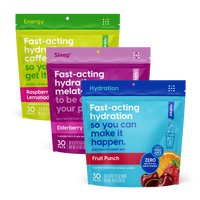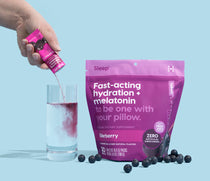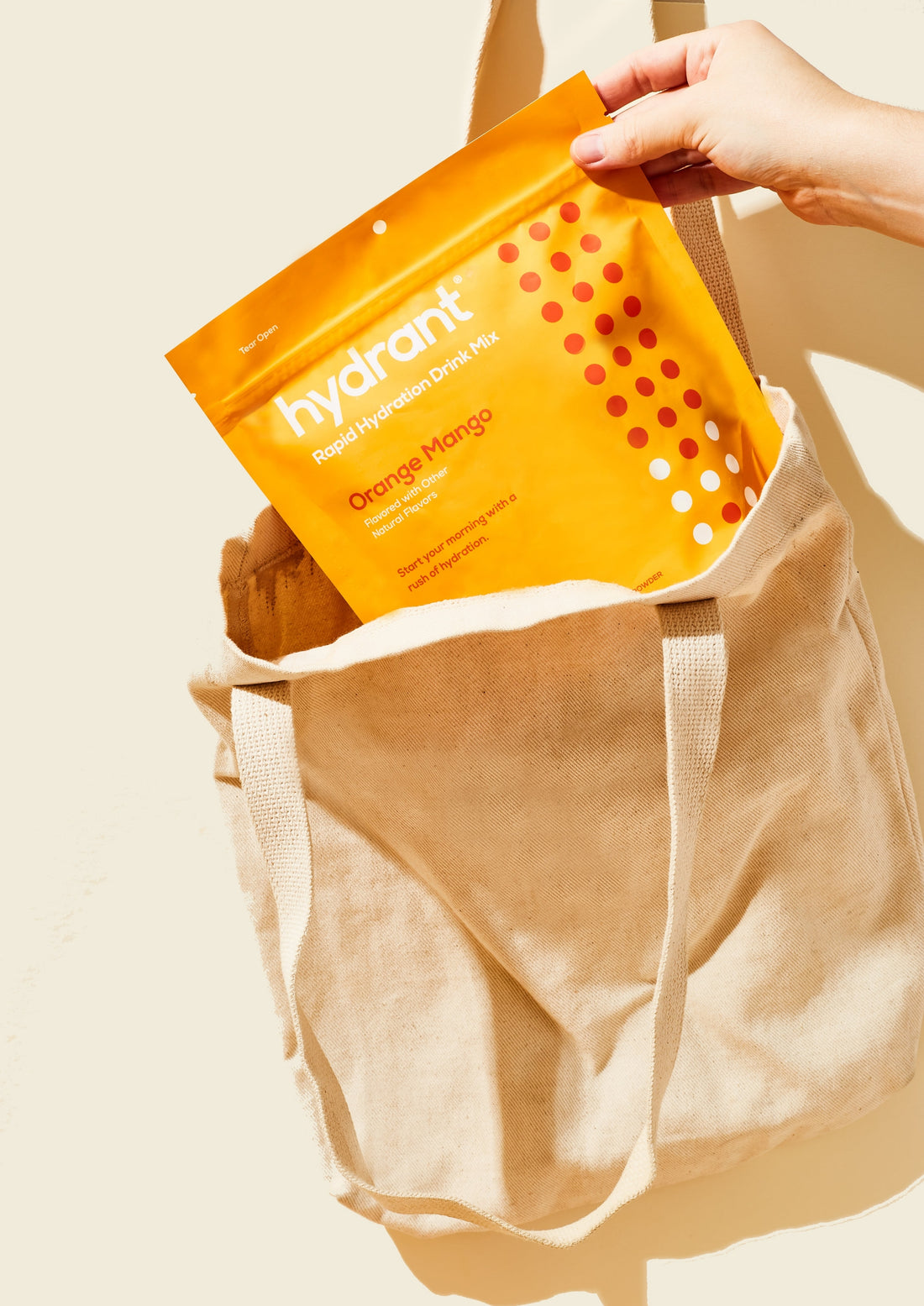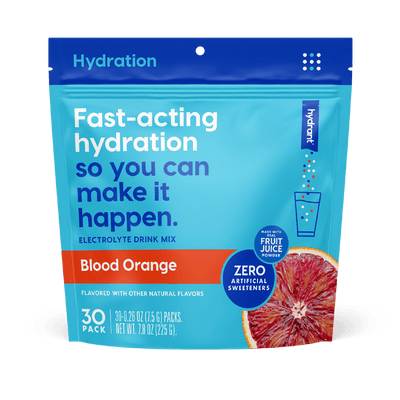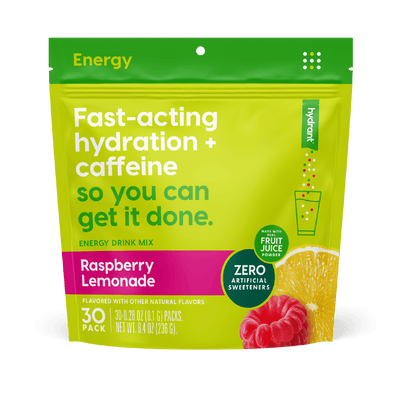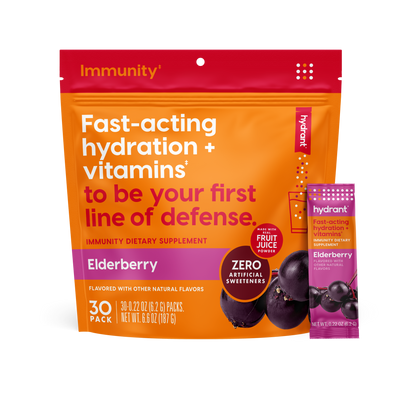Prime gardening months occur during Spring and Summer months as the ample sunlight provides plenty of energy for plants to convert. If you want what you grow to thrive in hot weather, it’s essential to understand how high temperatures can affect plant life.
Having a basic knowledge of what causes hot temperatures can help us formulate ideas and responses to warmer climates when they make themselves present. After examining what causes hot temperatures and how to support your garden thrive within them, we’re going to quickly cover ways you can protect yourself from the heat when gardening, so you’re healthy enough to get the job done.

Tip #1: Understand the Causes of Hot Weather
Temperature conditions are directly related to how the Earth’s axis is tilting.[i] When Summer rolls around, the Earth’s axis is tilted to a point where sun rays are hitting the planet at a steeper angle, which focuses more energy onto specific areas.
In addition to experiencing more powerful sun rays, Summer days are longer, which causes temperatures to peak and average higher than they usually would. During Winter months, temperatures are lower due to shorter days with a shallower sun ray angle that is less focused.
The specific temperatures that you experience gardening during summer months are closely related to where you live. While most areas of the country contain average summer temperatures between 70 and 80 degrees, southern states such as Florida can contain temperatures that hover around 90 degrees.
Since you know what you’ll be in for when gardening in hot weather, it’s essential to choose plants that thrive in the heat.
Tip #2: Choose the Right Plants to Grow in Hot Weather
Heat tolerant plants are the name of the game when it comes to gardening in hot weather. Some plants tend to wilt and wither when exposed to warm temperatures.
Two of the most durable summer vegetables are tomatoes and peppers.[ii] When that occasional summer heatwave hits, you can trust that tomatoes and peppers will not only survive, they will thrive.

Vegetable plants that do well in heat include:
- Lima beans
- Okra
- Cucumbers
- Eggplant
- Sweet potatoes
- Watermelon
Here is a quick list of flowers known to withstand hot temperatures:
- Madagascar Periwinkles
- Petunias
- Lantana
- Marigolds
- Black-eyed Susan’s
Preparation for gardening in hot weather is vital. Consider doing some research ahead to gather a list of heat resistant plants that spark your interest in a successful and enjoyable garden.
Tip #3 Know How Often to Water Plants in the Heat
While the idea of giving your plants more water during hot weather is a given, the question of how much to water your plants is essential to answer. Once you nail down a reliable watering schedule, you’ll begin to foster a healthy and colorful garden.
You might think that overwatering plants is the answer, but overwatering is known to cause more plant deaths than underwatering.[iii]
Some false alarms can throw beginner gardeners off course when it comes to watering their plants.[iv] Shrubs and other plants with large leaves can often droop when exposed to higher temperatures. When gardeners give these drooping plants water, they can end up overwatering and killing the plants.
If you’re unsure whether a drooping plant needs water, try checking on it in the evening or early morning. Keep in mind that plants drooping as a result of heat tend to return to a more regular and healthy position when temperatures drop in the early morning and evening.
Tip #4: Situate Your Plants Correctly in Hot Weather
Spacing out your plants is the first thing you should do when managing a garden in hot weather. Since your plants will be exposed to warm sunlight for hours at a time, it’s essential to space your plants apart, so they don’t compete with each other as much for water.[v]
When plants begin to compete with nearby plants for water, they experience more stress, which increases the likelihood of a downward trend.
If you can provide both shade and space for your plants—you’re ahead of the game. If you don’t provide shade for more susceptible plants such as perennials, you run the risk of your plants wilting.[vi]

Here is a quick list of options when it comes to creating shade for what you grow:[vii]
- Snow-fence
- Shade cloth
- Sheets
- Sheer curtains
When you provide shade for your plants, you can decrease their overall temperature by at least ten degrees. Shading ⅓ of your garden is a useful strategy, and don’t overlook the idea of providing heat resistant plants with some shade as they can benefit from relief as well.
Tip #5: Prep Your Seeds
Freshly planted seeds are going to respond differently to hot weather than they will other temperatures.
Luckily, there are some strategies you can utilize to make sure your new seeds sprout and remain healthy during hot weather.
Introducing your seeds to indoor light instead of immediately exposing them to hot sunlight helps the seed germinate more efficiently.[viii] Soil that’s too hot can hinder healthy germination. If you begin to introduce seeds to indoor lights, they’ll have an easier time acclimating to warm outdoor weather. Providing some shade is an additional strategy to help your seeds adapt.
When it comes to larger seeds, soak them for 24 hours before you plant them. After you plant large seeds in the soil, water the soil daily as the seeds will have an easier time germinating in moist soil. If you want to provide some shade for your soil to maintain moisture, sprinkle some lawn trimmings on the soil bed to create a protective layer.[ix]
Now that we’ve touched on some tips to keep your plants healthy during hot weather, we’re going to end on advice for keeping yourself safe when gardening in high temperatures.
Tip #6: Recover From Gardening in the Hot Weather
The most significant risk you run when gardening in hot weather is becoming dehydrated and developing a heat-related illness.
There are three primary heat-related illnesses you can develop when you become dehydrated:
- Heat cramps
- Heat exhaustion
- Heatstroke
The list above is written in order from least to most dangerous. If heat cramps and heat stroke aren’t treated promptly, you’re at a much higher risk for experiencing a heat stroke. Treatment for heat stroke needs to take place within a 30-minute window.
If a person suffering from a heat stroke isn’t treated within 30 minutes, they’ll start to damage vital organs such as their brain, which can quickly result in death.
Treatment for dehydration and all heat-related illness is essentially the same. The first step is to get the person suffering from a heat-related illness or dehydration out of the heat and in a cool space. Cold packs, cold towels, and pouring cold liquid over a person with a heat-related illness can accelerate the cooldown process.
Once the person is situated, they need to begin drinking properly hydrating fluids such as water while they rest. Most symptoms of heat-related illnesses recede after an hour or two of treatment.
While water is a great go-to option for rehydrating, there’s an even better option for recovering from gardening and maintaining hydration.
Tip #7: Drink Hydrant
Hydrant supports the gardening lifestyle by providing a hydrating mix that contains an optimal blend of electrolytes.
Made from real fruit juice powder, Hydrant skips unwanted additives such as stevia, synthetic colors, and artificial sweeteners to provide you with a no-nonsense, rapidly hydrating beverage.
Feel free to visit our ‘About’ page to learn more about how the science behind Hydrant can help gardeners stay hydrated doing what they love.
